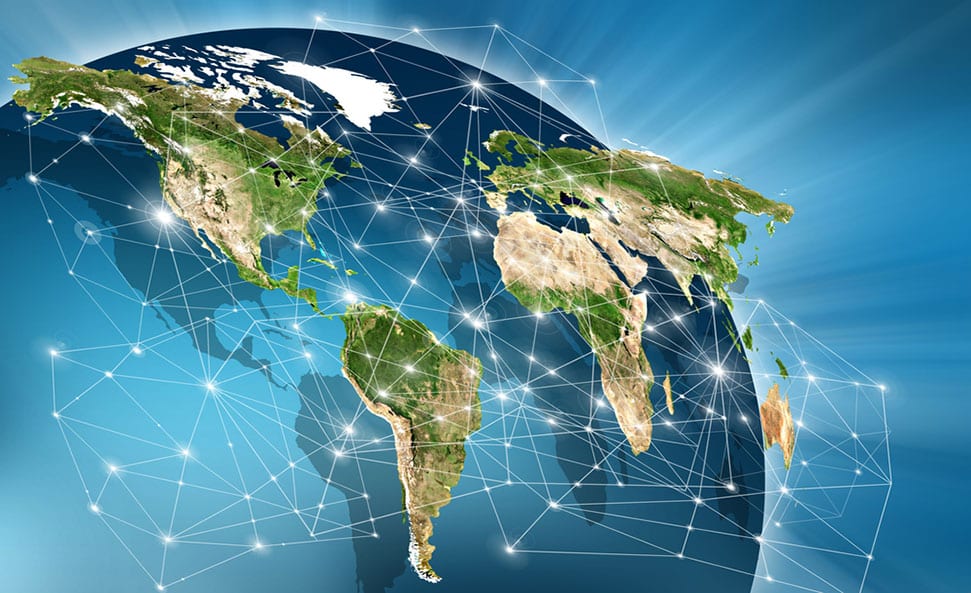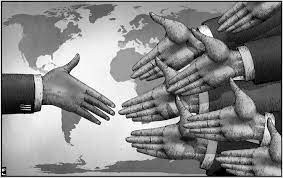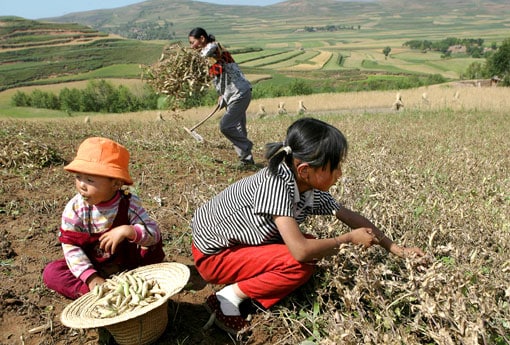The world is largely connected today in the 21st century. This is as a result of the linkages created from state to state, nation to nation, which tends to be a process of interaction among the people, companies, and governments of different nations, a process driven by international trade and investment and aided by information technology.
Definition of Globalization
This concept is known as globalization as it involves connectedness of country to country regardless of them being developed or developing. It can be classified as a process by which the people of the world are unified into a single society and it leads to the integration of national economies into the international economy through trade, foreign direct investment, capital flows, migration, and spread of technology as well as political views.
Thus, globalization is omnipresent, ubiquitous and multidimensional. Regardless of the benefits which can be derived from the introduction of globalization, it also has its own disadvantages.
Globalization can be conceived as a process (or a set of processes) that embodies: a transformation in the spatial organization of social relations and transactions, generating transcontinental or interregional flows and networks of activity, interaction and power or can roughly be defined as the global integration of economies and societies, affecting every aspect of the economy including policy formulation (UNDP, 2005). The concept of globalization is classified into four main elements.
First, it involves the social, political, and economic activities across political frontiers, regions and continents.
Second, it intensifies flows of trade, investment, finance, migration and culture.
Third, the growth causes a velocity of diffusion of communication, ideas, goods, information, capital and people.
Forth, the growing intensity and velocity of global interactions can be associated with their deepening impacts. This means that initially faced problems can be shared with the global world and therefore, derive their solutions easier and quicker (World Bank, 2002).
Economic Liberalization
Globalization is important in today’s world. Especially in the developing world. The concept of globalization brings about the liberalization of trade. Liberalization is a process of removal of the economic, industrial, investment, financial and business policies to enhance the business, export, per capita of a particular region. In general, it refers to the removal of restrictions; usually, government rules and regulations imposed on social, economic, or political matters.
Liberalization may be trade, economic, or capital market-related. Trade liberalization may be about reducing restrictions on imports or exports and facilitating free trade. Economic liberalization generally refers to allowing more private entities to participate in economic activity, and capital market liberalization refers to reducing restrictions imposed on debt and equity markets. Therefore, the concept of liberalization brought about an introduction of a policy that allows them to obtain debt in order to implement their national policies.
International donors in the early 1980s introduced Structural Advancement Programmes which contained conditions which the developing world was supposed to follow in order to obtain debt allocation, which can be considered as the causer of the third wave of globalization (Stuart, 1992).
Reduction of Poverty via Globalization
Globalization brings about strategies and alternatives to reduce poverty. The introduction of a free-economic policy encourages the developing world to compete on the global markets with the developed world, therefore, increasing their levels of productivity. The creation of new industries entails the creation of jobs for their citizens. This is believed to increase per capita income or the standard of living of a country. The interactions between the developed, as well as the developing world, creates an environment for deep-rooted diplomacy and connectivity; making it easier to communicate and find solutions to the problems at a global level. Through their interactions, they can find ways to implement policies to determine the priorities of the poor, through poverty participation assessments, and hence, including their views in decision-making (Robb, 2002).
Additionally, the introduction of technological advancements brings about new ways to cure certain highly infectious diseases, thereby, reducing mortality rates. The introduction of family planning also is believed to reduce fertility rates, therefore, reducing rapid population growth in developing countries. The advent of globalization brought about health-related advancements such as x-rays, vaccines, and cures for other diseases to poorer nations.
The introduction of computers has largely moderated communication, sharing of ideas as well as knowledge on global matters. Examples of global issues include climate change and global warming, human rights, warfare, and conflict resolution. More importantly, another study finds that global trade openness also significantly promotes peace. An increase in global trade openness would reduce the probability of military conflict as it leads to an increase in bilateral trade interdependence. However, when the level of bilateral trade interdependence is held constant, the effect of increased multilateral trade openness on the probability of bilateral conflict is not clear. Countries more open to global trade may have a higher probability of dyadic conflict if multilateral trade openness reduces bilateral dependence on any given country, thus lowering the opportunity cost of military conflict.
Information Communications and Technology (ICT)
The technological dimension of globalization refers primarily to the advancements of Information Communications and Technology (ICT). ICT has fueled the communication and information revolution of recent years. Globalization has introduced innovations in production technologies. New production technologies have produced efficiencies in production and created the so-called “post-Fordist” era of manufacturing.
The technological dynamic of globalization includes everything from the internet and mobile phones, which have done much to create the interconnectedness of the world, to improve logistics systems, which have enabled industries worldwide to function more efficiently and profitably. It has a to modernized agronomic practices, which are restoring infertile lands and opening up new opportunities in agriculture. The improvement of logistics and transport networks makes it easier to transport commodities, therefore, improving food security whilst creating opportunities for economic growth.
Globalization also creates conditions conducive for global capitalism and democracy. Democracy in the globalization framework is a democracy that leads to global interests, human rights, civil society as well as policies. The introduction of globalization brought about the abolishment of slavery in the late 18th century for fundamental human rights such as the right to education, liberty, good health and sanitation, and take part in electoral processes (voting), as well as reduction of gender disparities through women inclusion.
Cultural Diffusion
Furthermore, globalization has brought cultural diffusion. This involves the introduction of languages, cultural practices amongst others. This creates a platform for easy communication and appreciation of each other’s beliefs, norms, customs, and traditions. The trend reduces discrimination and conflict. The transmission of ideas, meanings, and values around the world in such a way as to extend and intensify social relations.
This process is marked by the common consumption of cultures that have been diffused by the Internet, popular culture media, and international travel, hence, making it easier for companies to invest in countries that are not of their initial origin. Some examples include the hospitality and tourism sectors.
Increased migration is one of the most visible and significant aspects of globalization. Growing numbers of people move within countries and across borders, looking for better employment opportunities and better lifestyles. Although migration is usually seen as problematic, it contributes to sustainable development.
The 2030 Agenda for Sustainable Development recognizes that migration is a powerful driver of sustainable development, for migrants and their communities. It brings significant benefits in the form of skills, strengthening the labour force, investment, and cultural diversity, and contributes to improving the lives of communities in their countries of origin through the transfer of skills and financial resources.
The international migration which occurs between developed and developing countries help to improve the livelihood of either of the parties but highly reducing poverty and enhancement of living conditions especially in the developing countries through debt provision. The extent to which migrants can contribute to development is directly linked to their ability to access services, integrate into society, and stay connected with their communities of origin.




